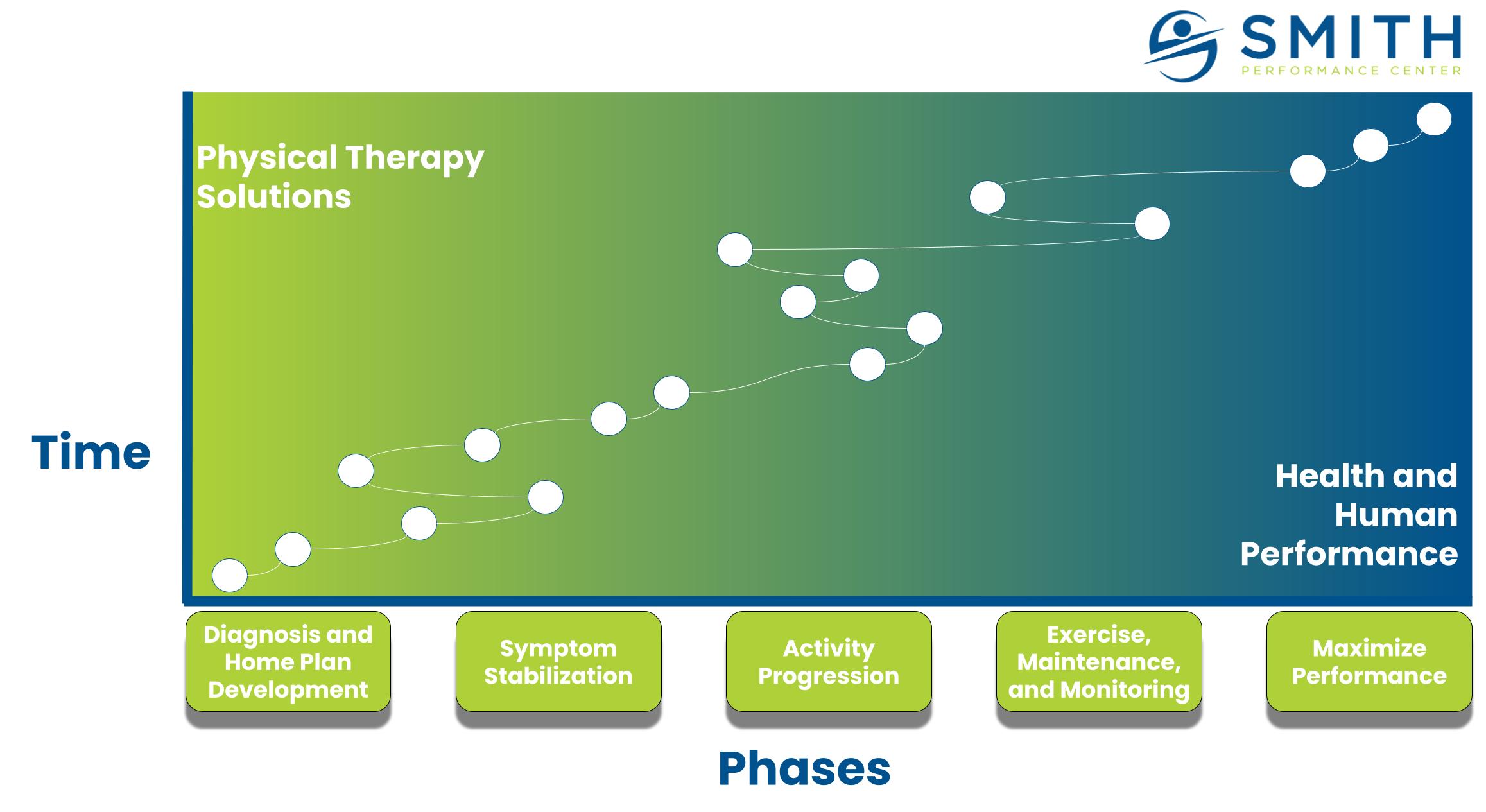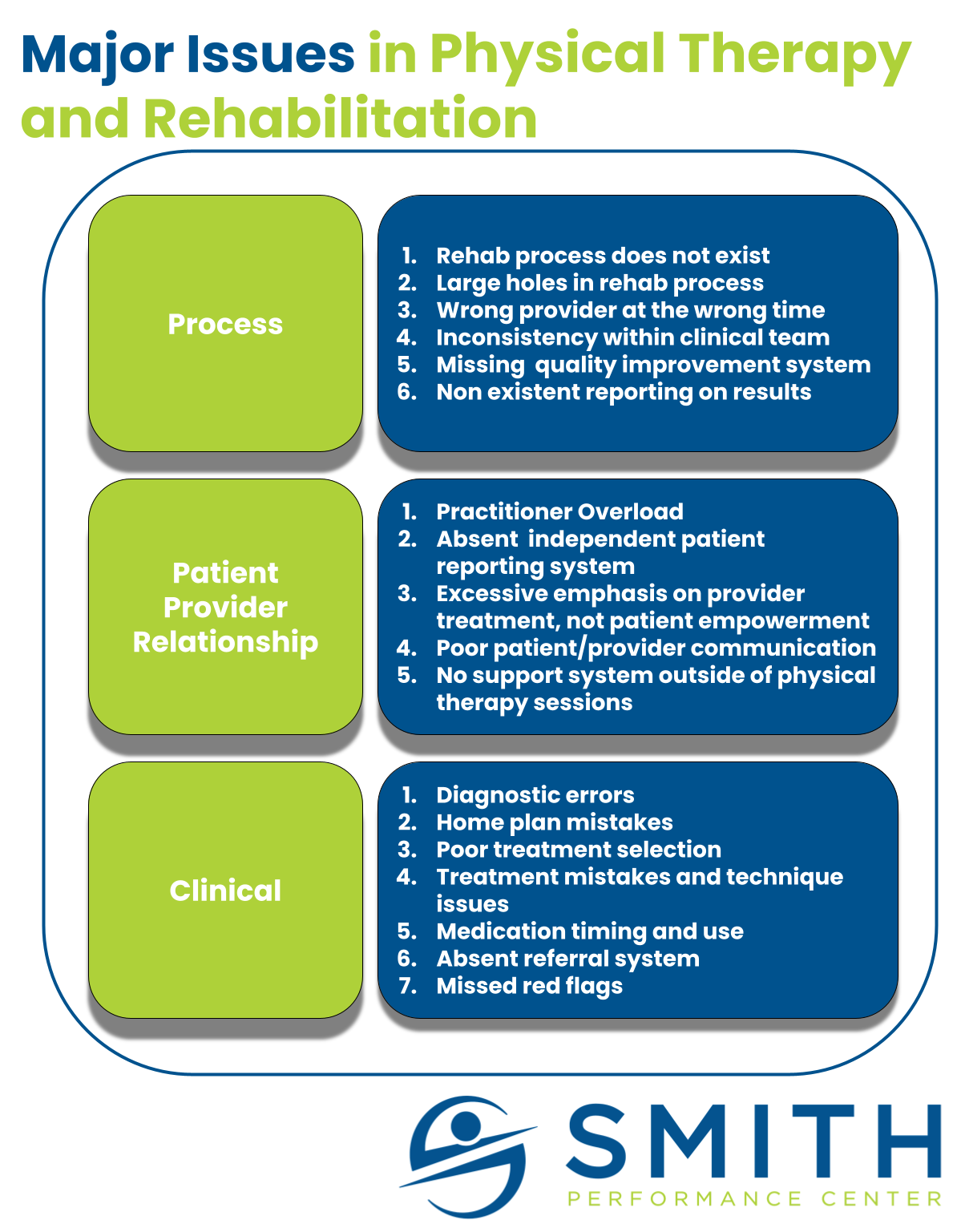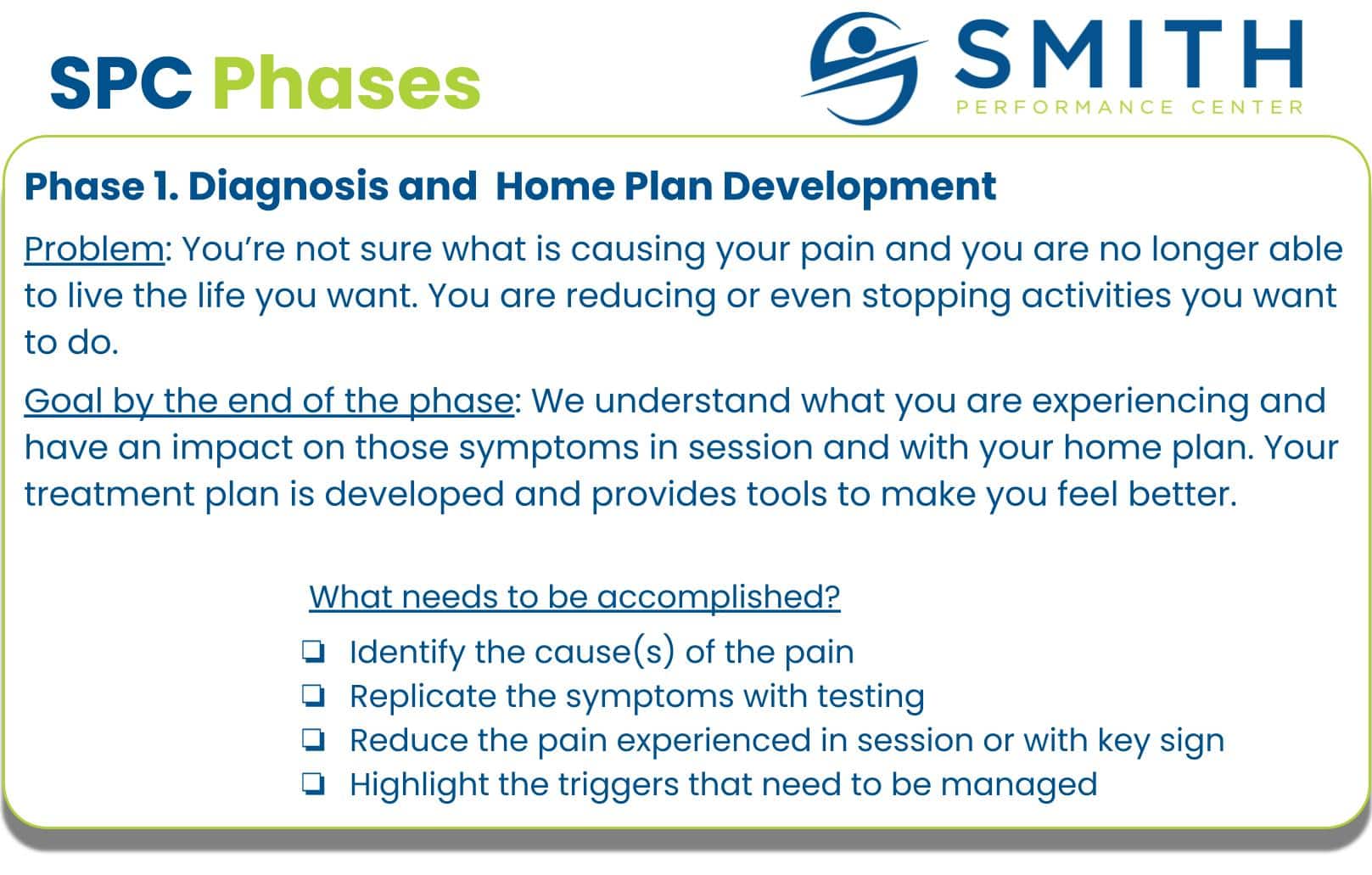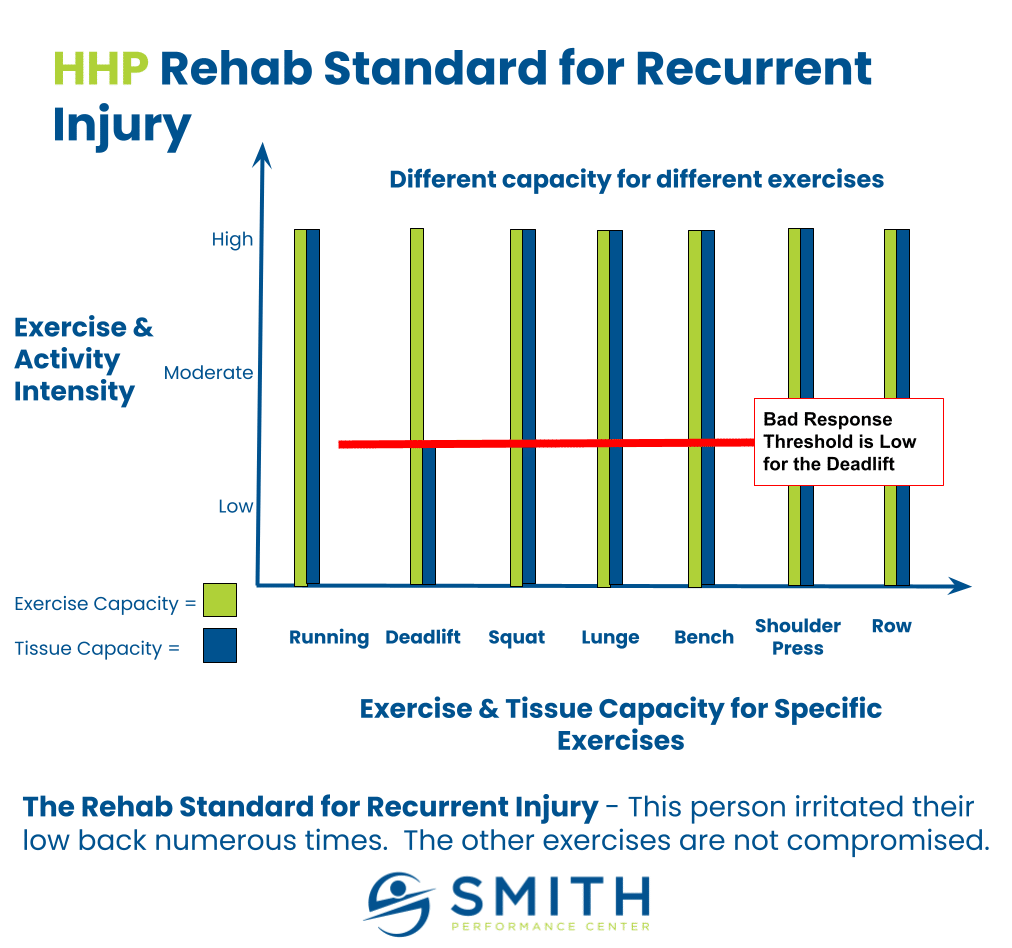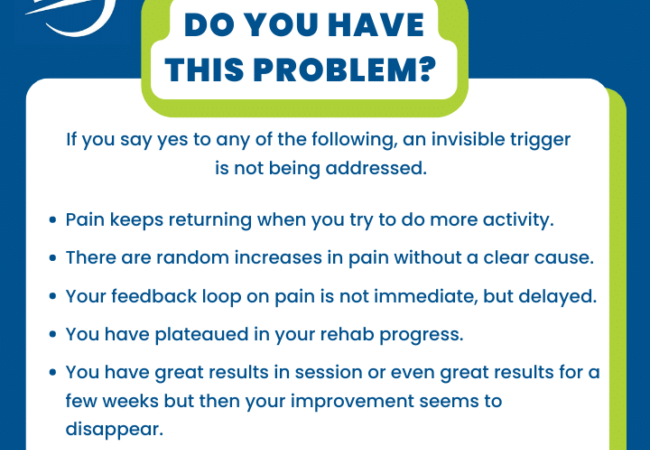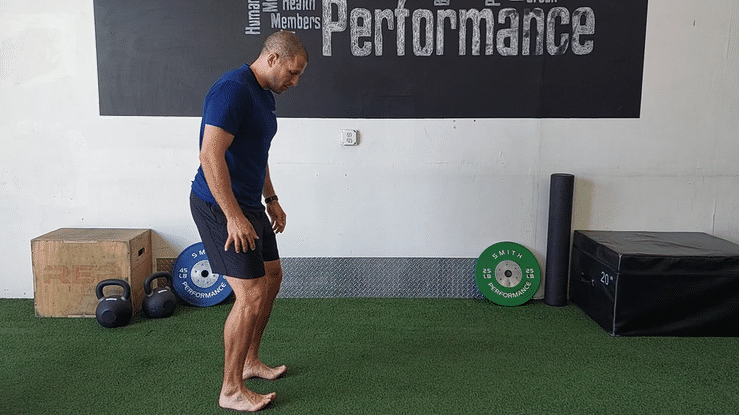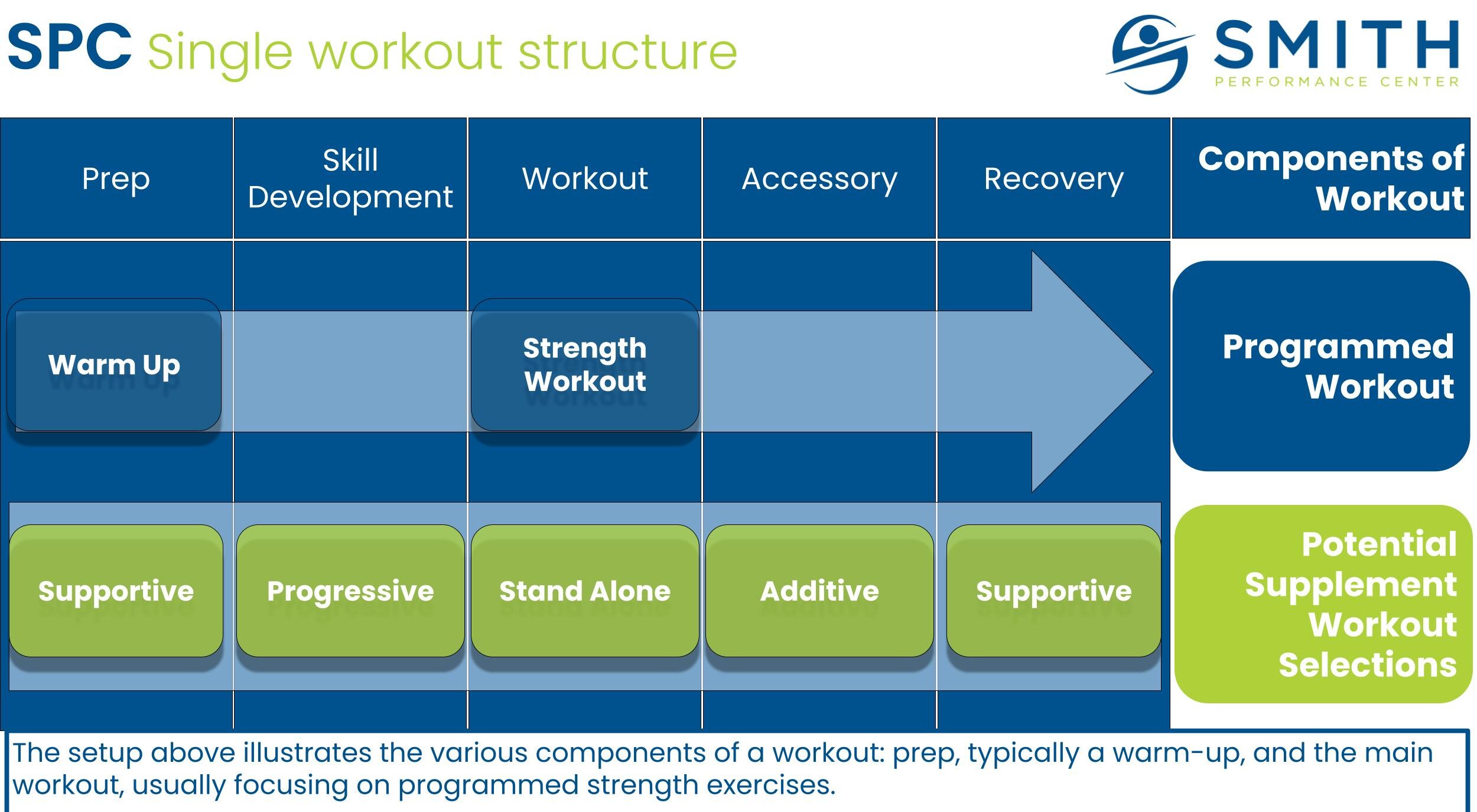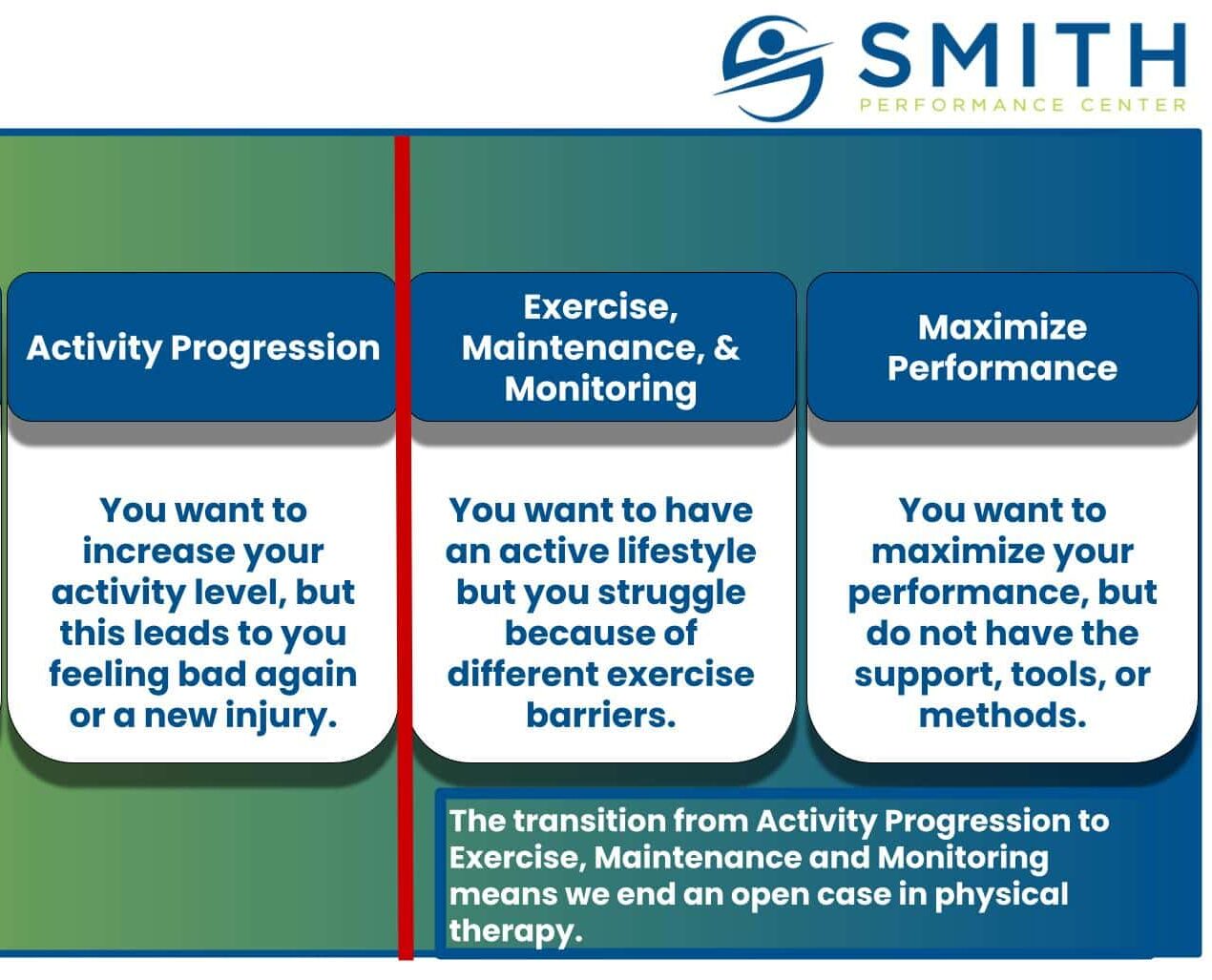
What is the difference between Phase 3: Activity Progression and Phase 4: Exercise, Maintenance, and Monitoring?
Welcome to the transition zone—phase 3 to phase 4—at Smith Performance Center. This shift marks an important move from rehabilitation to performance. We’re committed to ensuring that our community doesn’t get stuck in a permanent rehab mindset. The switch from rehab mode to peak performance mode can pose challenges, demanding careful consideration and expert guidance. Phase 3 is all about building up tissue capacity, gradually ramping up activity levels, and prioritizing overall well-being. It involves strengthening muscles, alleviating muscle inhibition, closely monitoring responses to increased activity, and addressing any lingering issues stemming from previous inactivity. Essentially, it’s about improving tissue capacity while laying down a solid foundation for what comes next. In contrast, phase 4 signifies a fresh chapter, with a focus on establishing a consistent exercise routine and raising the bar for performance standards. Our goal here isn’t just to ‘move’ but to instill a long-term commitment to fitness



